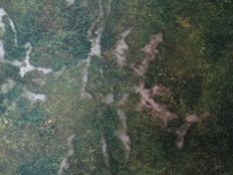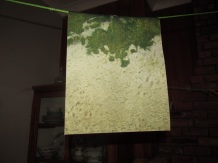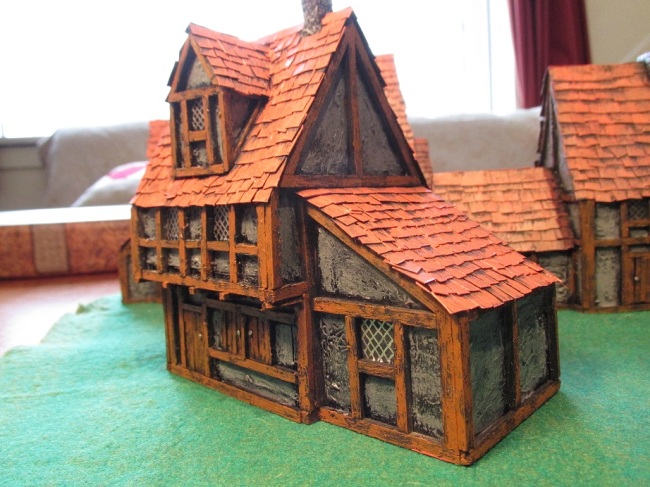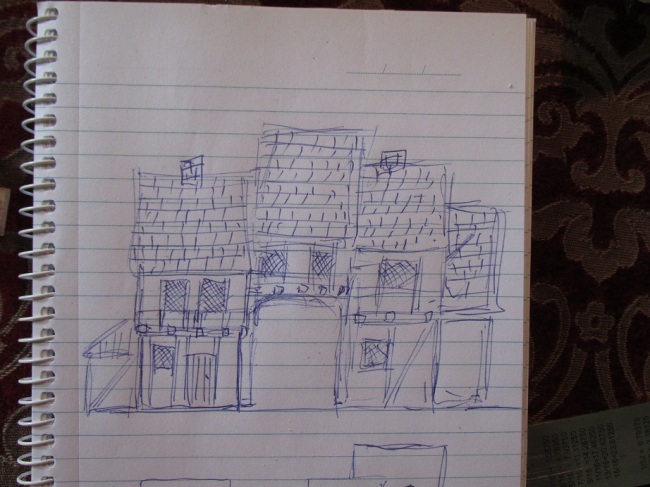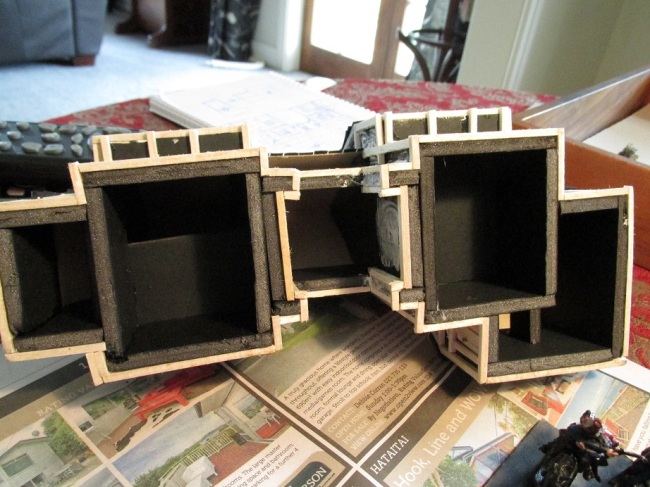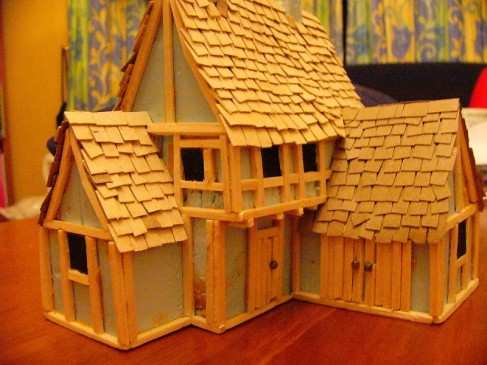Deep Cut Studios are based in Lithuania. They produce a fairly extensive range of gaming and battlemaps using a variety of materials ranging from traditional cloth to magnetized PVC. All their mats have high quality printed surfaces available in a large range of backgrounds from cobblestones to deep space. Deep Cut Studios kindly sent me a sample pack of their Mousepad-style maps to review. First off I will give you a description of the samples sent to me and then my thoughts on the product.
When the package arrived I was surprised to see that it got to me despite no street address – just my name and the town/postcode where I live. The joys of living in a small community.

The package contained some 20x20cm tiles and a rolled sample piece. Interestingly, even though rolled and in a soft courier package it unrolled dead flat. Actual mats are shipped in cardboard tubes so crushing is unlikely during shipping.
The mats themselves are standard mousepad rubber with the image printed into the surface material. It has a matt finish – my camera flash makes them look a bit shinier than they actually are.
Detail and quality of the printing is good. I am not sure exactly what the white terrain is supposed to represent – sand or tussock perhaps. It looked a little like the left over wool on the ground where we shear our sheep – just with less sheep crap.
The first thing to note about these tiles (sold separately by Deep Cut for about €1.50 each) is that they sit absolutely flat when placed on a flat surface. Where two tiles abutted the join was visible but not distracting in any way – at least when I actually aligned them correctly and didn’t sit one on top of the other. I took these photos with the mouse-pad tiles on top of a felt gaming mat so there were quite a few bumps underneath the tiles and I also chose the point where my two 6×6 tables adjoin which mean that the surface underneath was not exactly flat.
I was interested to see how much abuse these could take. I scrunched the sample piece up and left it overnight. In the morning I rolled it out and it sat flat again. Bear in mind this is a sample piece and not a 4×6 gaming surface but once again showed that the material is good at sitting flat.

Now – one thing that gamers do sometimes is have a drink sitting on the table. Coffee, coke, beer or even a Quad venti half caf breve no foam with whip two splenda stirred skinny three pump peppermint mocha if you are a hipster gamer from Seattle. And one thing that is sure to happen eventually is that drink being spilled. So, I misread Deep Cut’s claims about this product – I was reading the notes for the cloth mats that said ‘machine washable’. Yes – I machine washed the mouse pad mat and hung it up to dry. It came out fine but if you do spill anything on it I would suggest using a damp cloth to clean it 🙂
I also used a craft knife and a pair of scissors to cut the material to see if it could be useful as markers for areas of say “difficult terrain”. With a sharp knife the material cuts easily and cleanly. Even my not so sharp scissors did a good job but I would recommend using a hobby knife if you wanted to use this material for such a job.
My overall impressions of this product are positive. A 6×4′ mouse pad mat is priced at €54.90 plus postage. A smaller 4×4′ mat more suitable for skirmish gaming is a very reasonable €31.90. For these prices you get a light, easily portable and attractive gaming surface. Fact is you would be hard pressed to make something yourself for much less than that and I am pretty sure it wouldn’t be as portable or durable. The exchange rate with the European Peso is also quite attractive at the moment – at least from my part of the world.
The tiles I were sent were all cobblestone road sections and I think would work best with 28mm skirmish gaming tables – Pirates or Sharpe Practice type games as the roads are quite wide. The one design that I couldn’t find on the Deep Cut Studio’s site was a Wild West town – something that I would be particularly interested in as I often take my Wild West skirmish games on the road when I am away from home and want to do some gaming with mates on a weekday evening.
One thing to remember is that these mats present a dead flat gaming surface. Contours and hills would have to be placed on top. For that reason I think that they are best suited for games and gamers who are not too worried about elevation being a three dimensional thing. Deep Cut do make tiles with hills and so forth that are somewhat reminiscent of the old Battletech game boards if you really need 2-D hills. All their mats can be customised with regards to size and the addition of hexes or grid overlays.
Go to the Deep Cut Studios site and have a look at the range – it is large and there should be something there that you like. I particularly liked the cobblestone mat and the village mat with cobbletone streets. As far as the plain ‘grass mats’ go my only complaint is that the grass looks just a tad out of scale. With buildings and terrain placed on top probably wouldn’t be such an issue to me.
Deep Cut Studios: http://www.deepcutstudio.com/
Facebook: https://www.facebook.com/deepcutstudio





